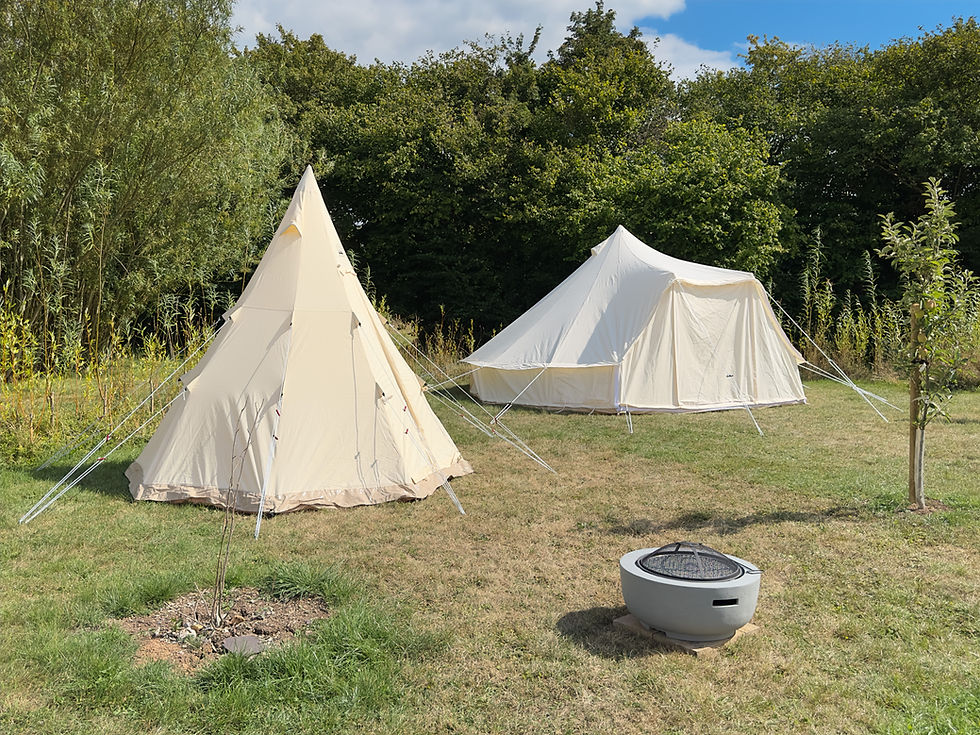Considerations for choosing a campsite
- Alex Si
- Oct 23, 2023
- 2 min read
Selecting the ideal campsite is a crucial step in planning any outdoor adventure. Here are some key considerations for campsite selection.

Location: Choose a site that is accessible but not too close to roads or trails for safety and solitude.
Terrain: Look for flat, well-drained ground to set up your tent and avoid low-lying areas that might flood.
Proximity to Water: Camp near a water source for convenience, but follow Leave No Trace principles and camp at least 200 feet away from lakes and streams.
Regulations and Permits: Before you head out, check for any camping regulations and permits required in the area, and it's better to familiarize yourself with any camping regulations or restrictions in the area.
Wildlife: Avoid setting up near animal trails, nests, or signs of recent wildlife activity. If a cave spotted too good to be empty or with any bear-hair on the doorstep—-don’t take the chances!
Fire Safety: Follow fire regulations, and choose a site away from dry vegetation and with access to water.
Leave No Trace: Follow Leave No Trace principles, which include packing out all trash and waste.
Weather: Consider the weather conditions and choose a site that provides shelter from wind and elements.
Group Size: Ensure the site can accommodate your group size comfortably.
Distance to Trailhead: Consider the distance from the trailhead or parking area to your campsite.
Avoid camping on the top of mountain: As marvelous as the view may be, camping at the top of a mountain is not recommended, the weather condition often changed rapidly during night-time and waking up with the tent blown away is not always ideal. Instead try finding a place mid-hill to be protective by surroundings against wind however, beware and keep certain distance of any nearby cliff and rock overhead.
Navigation: Make sure you can easily find your way back to your campsite, especially if hiking or exploring.
Safety: Choose a site that is safe from potential hazards like falling trees, rockslides, or flash floods.
Environmental Impact: Minimize your impact on the environment by avoiding fragile ecosystems and following sustainable camping practices.
Insect and Pest Considerations: Be mindful of insect and pest activity, especially during certain seasons.
By considering these factors, you can choose a campsite that is safe, comfortable, and environmentally responsible.





Comments